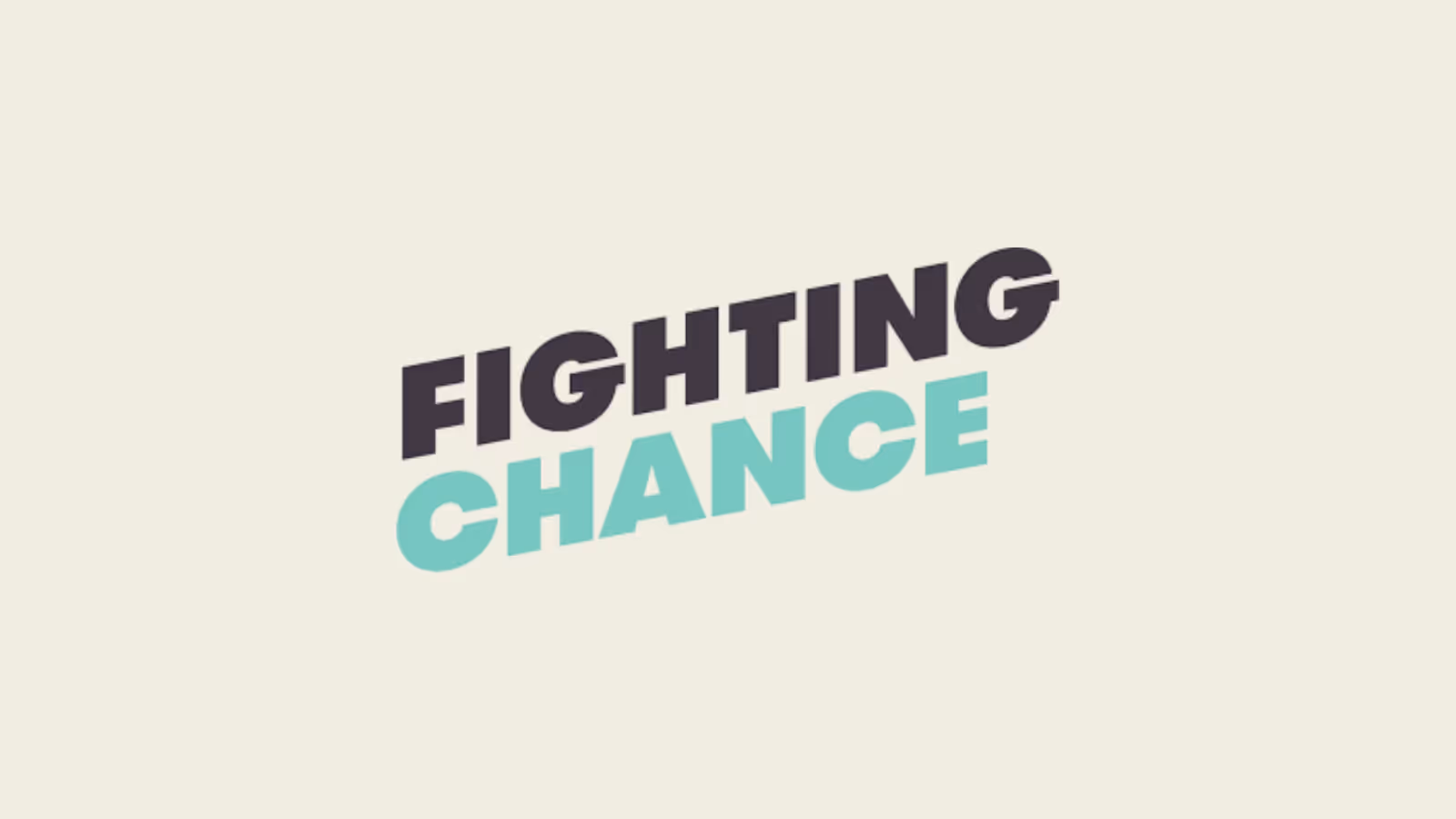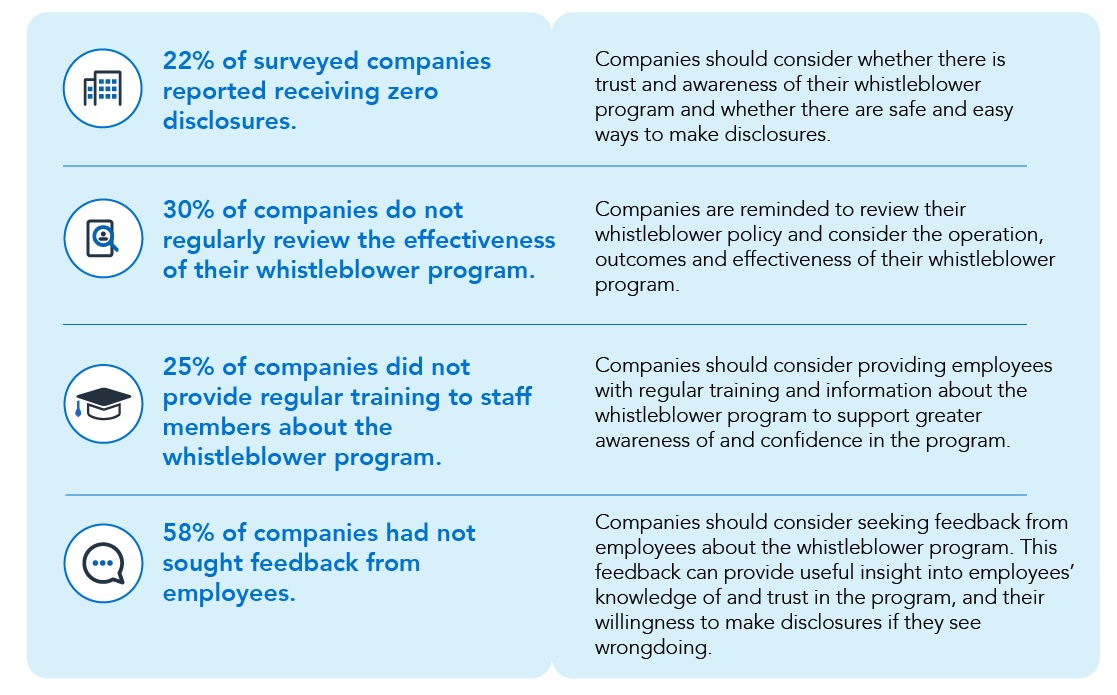Managing Invisible Hazards in the Workplace
Spot and manage invisible hazards like bullying, harassment, and discrimination at work.

What are Invisible Hazards?
Invisible hazards in the workplace refer to insidious threats that often go unreported due to the power dynamics involved or the lack of tangible evidence a victim may have to support their claims.
These hazards can manifest as bullying, harassment (including sexual harassment), discrimination or violence and can create a toxic work environment that severely impacts employee well-being.
To ensure the safety and well-being of their workers, it is up to organisations to proactively address invisible hazards by ensuring that there are processes in place to identify, assess and control each risk as required under the recent Psychosocial Hazard legislation.
In this post we outline five key things that organisations can implement to assist in the prevention and management of these risks to not only reduce stress on workers but to foster a healthy and inclusive work environment.
Types Of Invisible Hazards At Work
Subtle Workplace Bullying
Workplace bullying can manifest in subtle ways that may not be immediately noticeable or easily reported. Examples include undermining colleagues’ work, spreading rumours or gossip, exclusion from important meetings or social events, or consistently assigning excessive workloads to certain individuals while sparing others.
Micro-aggressions and Discrimination
Micro-aggressions are often subtle acts or comments that convey discriminatory attitudes towards individuals based on their race, gender, ethnicity, or other protected characteristics.
These can include dismissive remarks, stereotyping, or excluding individuals from conversations or opportunities based on their identity.
Covert Sexual Harassment
Sexual harassment can take on covert forms, and is often a case of one workers word against the others, making it difficult for victims to report.
Examples include unwelcome advances or comments, inappropriate jokes or innuendos, non-consensual touching, or creating a hostile work environment through sexually suggestive imagery or language.
Emotional Manipulation and Gaslighting
Emotional manipulation and gaslighting involve tactics used to undermine an individual’s confidence, sanity, or emotional well-being. This can include manipulating work assignments, constantly changing expectations, invalidating concerns or emotions, or making individuals doubt their own capabilities or perceptions.
Intimidation and Retaliation
Some individuals in positions of power may use intimidation tactics or engage in retaliatory behaviour to discourage employees from reporting or speaking up against invisible hazards. This can involve threats of job loss, professional repercussions, social isolation within the workplace or at a worst case physical violence.
How To Manage Invisible Hazards and Risks
Cultivate a Culture of Open Communication and Trust
Establishing a culture that encourages open communication and trust is paramount in preventing invisible hazards.
Employers should promote a workplace environment where employees feel safe and empowered to report incidents or hazards without fear of retaliation.
Regular 1 on 1s between managers and their team should be encouraged, even if it is just once a month for an hour. This will help managers create bonds with their team to discuss not only work but things that might be going on outside of it that could be impacting their wellbeing.
If you want to know what we do at Foremind to create open communication between the team reach out to Joel and ask about our Friday ritual.
Informing workers of any anonymous reporting channels, such as hotlines or online platforms like Foremind, can provide an additional layer of security for employees who are reluctant to come forward due to a challenging power dynamic where the person they are required to report to is the person causing the harm.
Implement Comprehensive Policies and Training Programs
Organisations should have well-defined workplace policies in place that address hazards and risks, but it is even more critical when looking at invisible hazards.
These policies should encompass anti-bullying, anti-sexual harassment, and workplace violence prevention measures as well as a whistle blower policy to protect anyone that comes forward to identify risks in the business.
Remember, under the new legislation directors are liable at the end of the day, so if you have a supervisor or middle manager that is causing high levels of stress to your team and that manager is preventing incidents getting reported or change from taking place then you have a really big problem.
In this sense it is even more important to develop policies that clearly define the expectations of behaviour and the consequences for violations.
Regularly review and update these policies to reflect current best practices and legal requirements as per the review step in the Psychosocial Hazard management process.
Equally important is providing comprehensive training programs to educate employees at all levels about invisible hazards and their consequences. Training sessions should focus on raising awareness, identifying changes in co-workers wellbeing, fostering empathy, and promoting bystander intervention. By equipping employees with the knowledge and skills to recognise and respond to invisible hazards, organisations can create a proactive and supportive workforce.
Foster Strong Leadership and Accountability
Leadership plays a pivotal role in preventing invisible hazards. Executives, managers, and supervisors must lead by example and demonstrate a commitment to a safe and inclusive workplace.
Leaders should undergo specialised metnal health and hazards training to understand the nuances of invisible hazards and be equipped to address any reports or concerns that arise. It is crucial to hold leaders accountable for their actions and ensure they are actively promoting a positive work environment.
The fish rots from the head – saying nothing does nothing so every chance you get as a leader make it clear what your stance is. Regularly communicate the organisation’s commitment to addressing invisible hazards, emphasising zero tolerance for such behaviour, and clearly outlining the reporting and investigation processes.
In addition, organisations should establish clear channels for reporting incidents involving individuals in positions of power. This allows employees to bypass traditional reporting structures and seek guidance or intervention from independent departments, such as human resources or ethics hotlines. Transparency and fairness in addressing these reports will reinforce the organisation’s commitment to preventing invisible hazards.
Provide Supportive Resources and Services
Organisations should offer supportive resources and services to assist employees impacted by invisible hazards including access to confidential counselling services via employee assistance programs. Communicate the availability of these resources regularly and ensure employees are aware of the channels through which they can seek help. Creating a safe and confidential space for employees to discuss their experiences can foster healing, reduce isolation, and encourage a sense of empowerment in order to regain self confidence.
Regularly Evaluate and Improve Prevention Strategies
The prevention of invisible hazards is an ongoing process that requires continuous evaluation and improvement. Organisations should establish mechanisms for regularly collecting feedback from employees to gauge the effectiveness of existing prevention strategies. Conduct anonymous surveys, focus groups, or exit interviews to understand employee perceptions, identify potential gaps, and gather suggestions for improvement.
Utilise the feedback received to refine policies, update training programs, and enhance support services. By actively seeking input from employees and involving them in the improvement process, organisations can demonstrate their commitment to creating a safe and respectful workplace.
The Last Word
Invisible hazards pose significant risks to employee well-being and organisational health. By adopting proactive measures such as Foremind’s Psychosocial Hazard Management platform, supporting a good internal culture of open communication and having effective support measures in place organisations can ensure that there organisation is both psychologically safe for workers and compliant with the new Psychosocial Hazard legislation.
This post has discussed challenging topics, which can be confronting for particular readers. If you need support, please feel free to contact Lifeline on 13 11 14 or 000 if you need immediate help to stay safe.
Find out more about how Foremind is making access to mental health mainstream for workers and supporting companies manage their Psychosocial Hazard compliance!

Hello 👋 I’m Joel the founder of Foremind.
Are you ready for simplified support & compliance?
Latest insights
Answers to the frequently asked questions.
Still have questions?
Email us at enquiries@foremind.com.au and we'll get back to you quickly with a response
Yes, we have culturally competent counsellors available, including those able to work with first nation and CALD employees.
Onshore on secure AWS Servers in Sydney Australia. All data is encrypted in transit and at rest and our entire team is located in Australia.
Employees can access our platform on any device (mobile, laptop, desktop, etc.) as long you have the website link - no need to download any app on devices. You wouldn’t need to enrol any of your staff individually.- When we do our onboarding, we ask for the first name, last name and email of all your employees, and send out an email invite to all them which will allow them to create their own individual account to access the platform. For new staff we can also invite them or provide you with a unique link to embed in your onboarding process, whichever is more convenient for you. We also kick things off with a launch webinar or video to make sure everyone is aware of Foremind and how to use it. We’ll also provide you with any collateral such as posters, QR codes, brochures etc. to help drive awareness and encourage people to create an account in the platform.
The support line is answered by our reception service 24/7. It is for urgent platform or session-related issues only (e.g. *“My counsellor didn’t show”*) or helping staff create an account.






